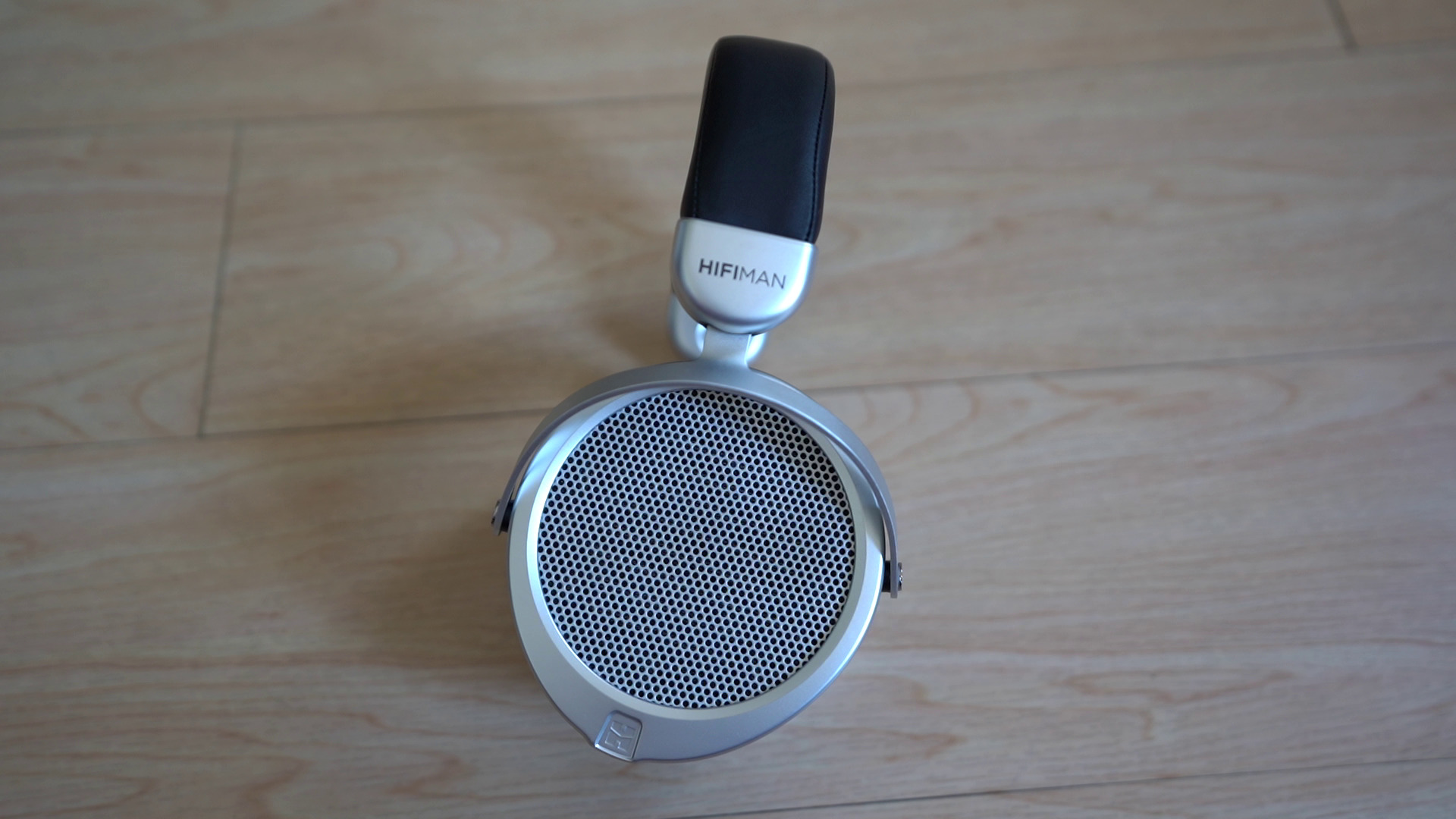When I first reviewed the Hifiman Deva couple of years ago, I thought it was a unique product as there were no other open headphones that can be used wirelessly at the time. Two years later, the same still holds true. Now Hifiman has released an updated Deva Pro and the big question is, is there any reason to get these headphones? Or better yet, should you upgrade to this if you have the original Deva? Let’s find out!
The Deva Pro was sent by the good folks over at Hifiman and I was allowed to keep it for future comparisons. Just like any other reviews, my opinion is not influenced by them in any way shape, or form and they’re reading the review the same time you’re reading it. Wanted to say Hifiman is the most reviewed headphones here in this channel so let’s all give a round of applause to them for providing us their headphones to review.
Overview
The Hifiman Deva Pro is the successor to the surprisingly NOT discontinued Deva model and is likewise an open-back over-ear planar magnetic headphone that can be used wirelessly through a dongle they call the Bluemini. It retails for $329 which is $30 more expensive than the OG Deva.
Unlike the older model, the Deva Pro is only available with the Bluemini dongle so you’re not gonna be able to get the headphone just with the cables. The dongle also has the updated Himalaya R2R architecture which according to them objectively improves the distortion, power handling, and efficiency for a better overall sound.
The other difference aside from a more muted color scheme is the Deva Pro has the Stealth Magnet structure which is something present in Hifiman’s more modern headphones. This magnet structure is said to improve the overall sound quality by reducing the wave diffraction turbulence that degrades the integrity of the sound wave. Not gonna touch upon that but you can go check out more details on their website.
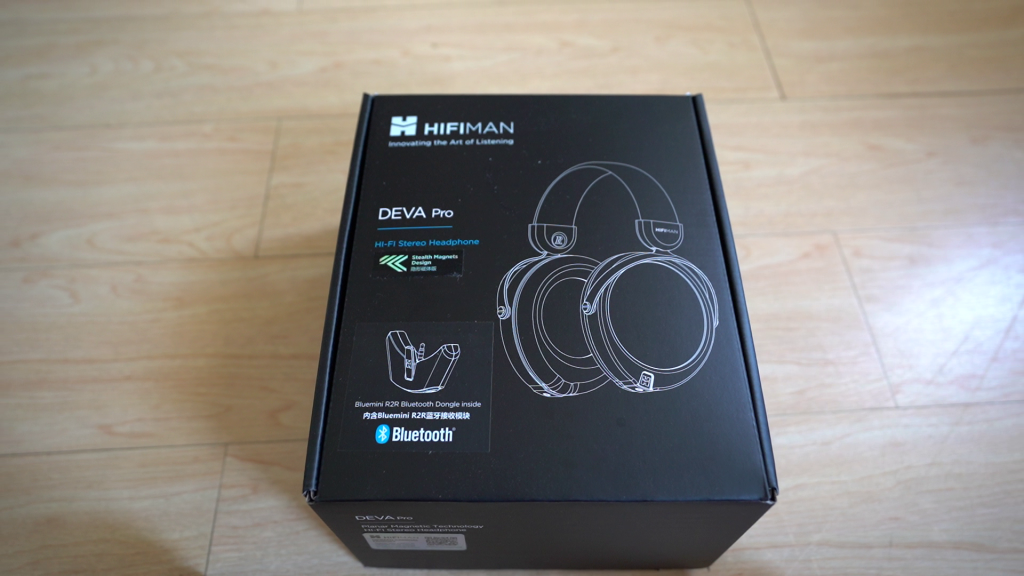
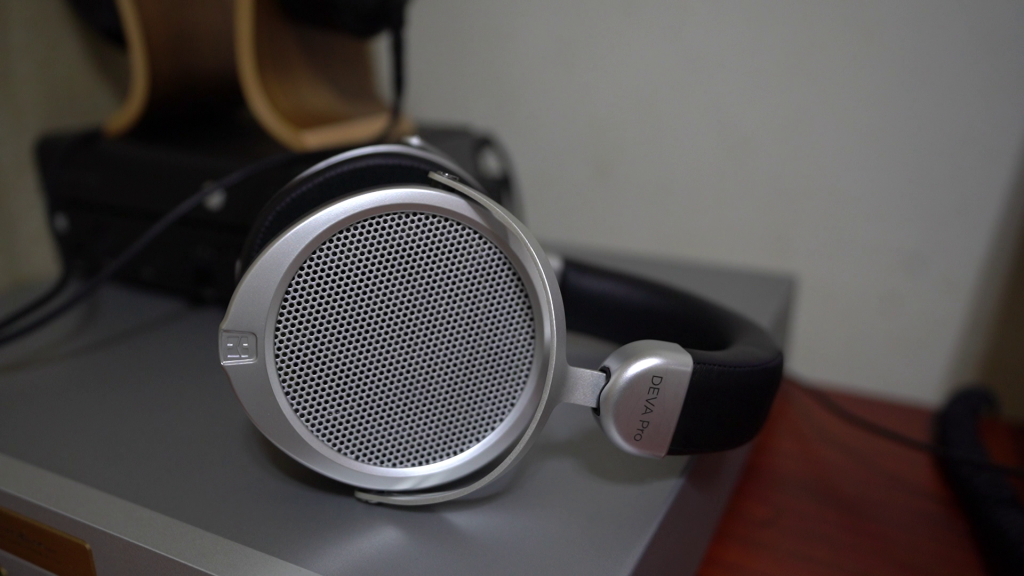
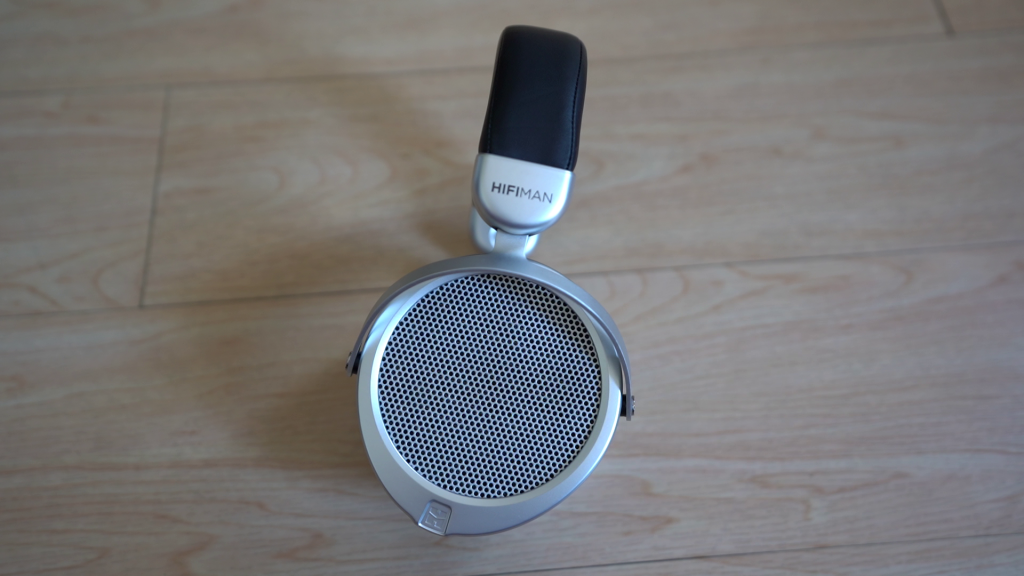
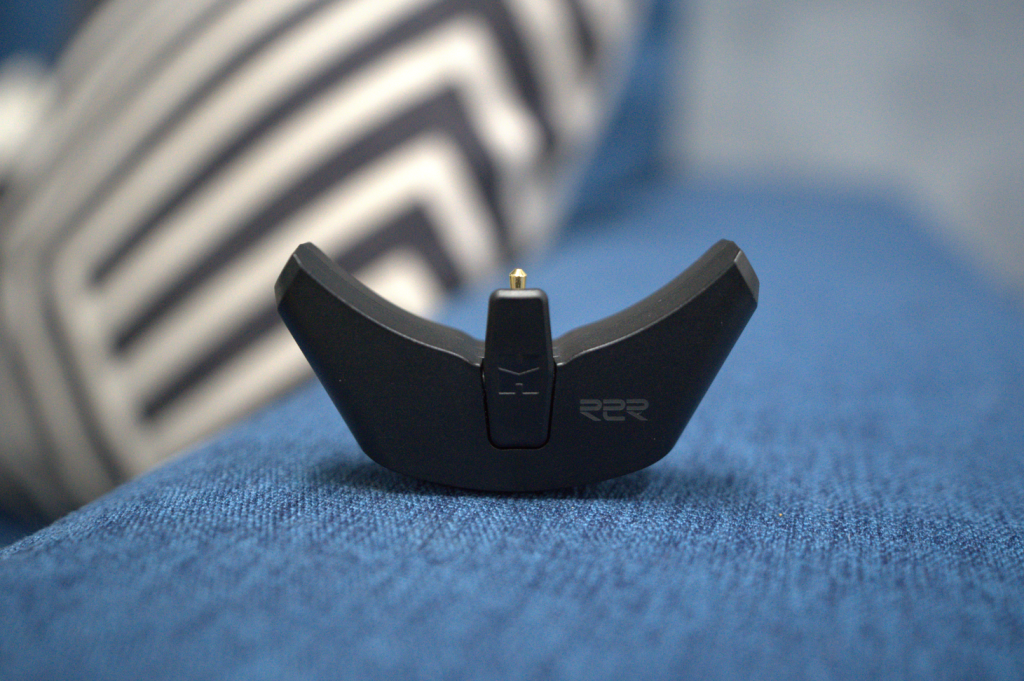
Packaging, Build & Accessories
The box of the headphone and the accessories are quite similar to the older model. It does come with a cable for passive use, a quarter-inch adapter, a USB charging cable, and the Bluemini dongle. The build of the headphone is mostly plastic and while it does lack the heft and density of metal headphones like their own Sundara for example, I feel the quality is very good overall and well put together. It’s a light headphone at 360 grams.
The dual-sided cable is detachable and is terminated by 3.5mm on both ends. The quality of the cable is OK. Not super premium but also not flimsy or stiff like others. The thick padding is made of synthetic materials but I find it to be comfortable enough. The earpads are angled like most of their circular headphones. It is removable I believe since they have the pads available for sale, but I’m told it’s not as cut and dry to replace.
In case you’re not familiar with the Bluemini, it’s a Bluetooth receiver, DAC, and amp in a small form factor. It does support a variety of Bluetooth protocols such as LDAC, AAC, and SBC, and you can also plug in a cable and turn the dongle into a USB DAC for desktop use.
Comfort
Like the old Deva, the Pro model is comfortable. The lightweight build and the thick headband padding allow the weight to be distributed evenly while the clamp is just right for me. I said it before so I’m gonna say it again, the circular cups don’t feel as snug-fitting as their egg-shaped headphones so it can feel a bit odd at the beginning.
I’ve worn it as an office headphone (while working from home) and I had not issues having it on my head for an entire day.
Connectivity & Battery Life
Connecting the Deva Pro for the first time is a little different than most mainstream wireless headphones but it’s just as easy. After powering it on, you have the press the same button twice and when the light flashes blue and green, you’re ready to pair.
As the wireless functionality is purely in the dongle, you are limited to just playing and pausing for music listening and answering/declining when it comes to calls. No rewind or skipping forward or backward like you get with for example the Sony WH1000XM4.
Battery life has seen some minor improvements over the older one but again this one’s not a true wireless headphone so it can’t compete with those. In my experience, the battery lasts 5-6 hours when using the headphones wirelessly and an hour or 2 less when listening via the USB cable. It does also take time to juice up the battery from 0 to 100%.
Page 2: Sound Quality & Conclusion


